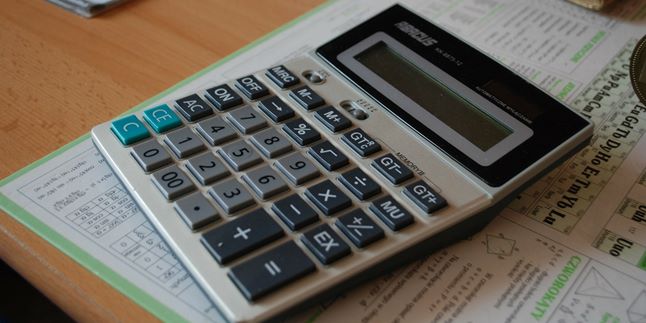Kapanlagi.com - In any activity, whether it's a company activity or a small to medium-sized business activity, it must have records for financial purposes. Whether it's records of income, expenses, or losses. All of these things must be organized neatly and accurately to avoid miscalculations. There are many ways to make good and accurate financial reports.
You can use Ms. Excel, which is already common, or use other applications that can help you manage financial reports. There are already many applications that can assist you in managing finances accurately, whether it's for small, medium, or large businesses. So that we know whether the job related to this money is running smoothly or not.
Therefore, based on various sources, here are the ways to make accurate and practical financial reports along with the types of reports. Let's check it out, KLovers.
1. Financial Report Terminology
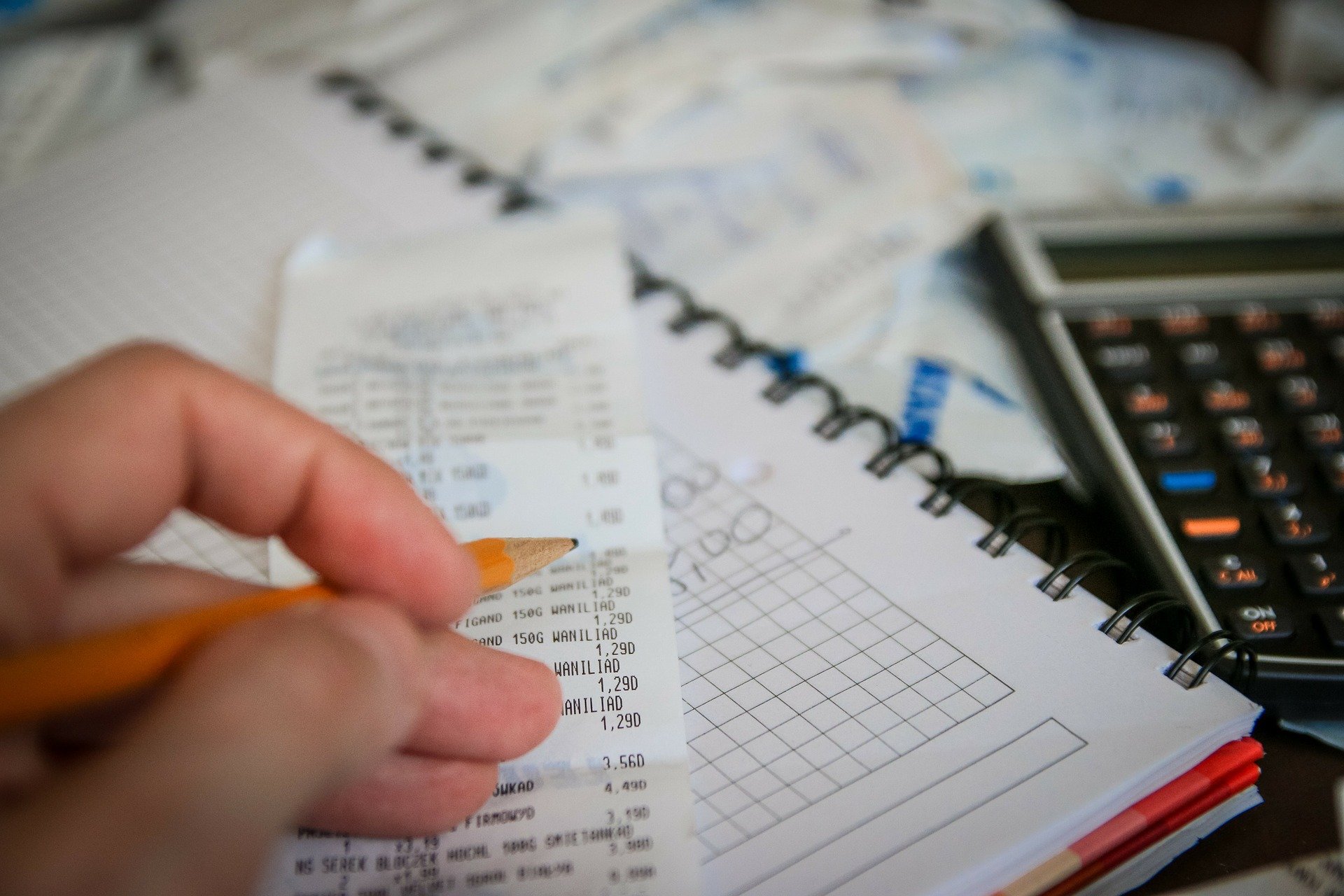
Illustration (Credit: Pixabay)
In a PSAK No.1 of 2015, it is stated that a financial report is a structured presentation of the financial position and performance of an entity. Therefore, according to its definition, a financial report is a summary of various processes of recording financial transactions that occur during one year.
Small or large-scale companies have an obligation to use various methods to create financial reports. Because companies must know the financial condition of the company in order to make the right decisions. Therefore, they can evaluate after one year whether there is anything that needs to be improved or discontinued.
2. Functions of Financial Reports
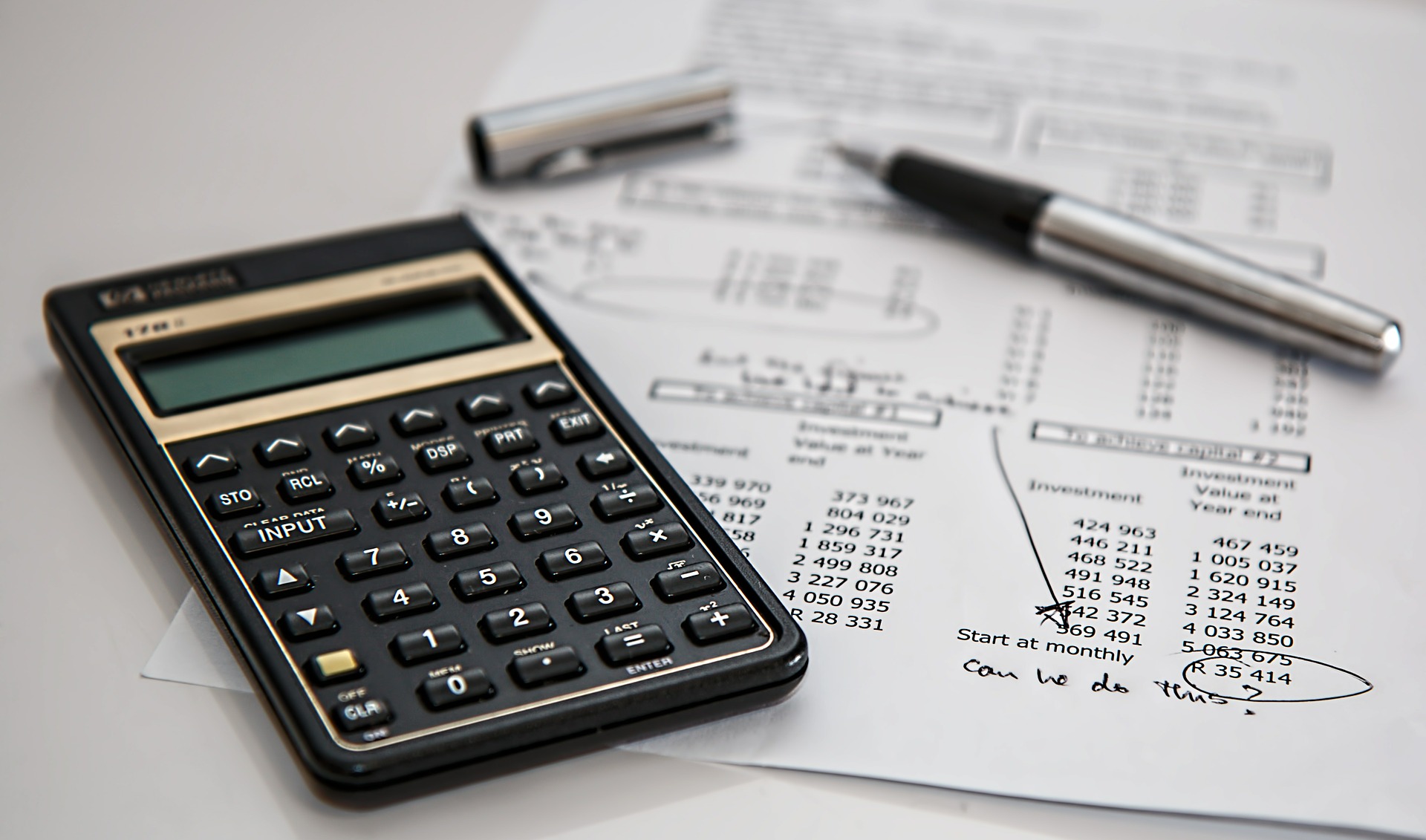
Illustration (Credit: Pixabay)
Apart from knowing the terms of financial reports, of course we also need to know what functions the financial reports have. And here are some functions of financial reports that you can know:
1. Historical Function
The first function of financial reports is to serve as a place to record journals based on the chronological order or date of the transactions. In the preparation of financial reports, you must prioritize recording the company's daily transactions.
2. Recording Function
Then the second function is the function of financial reports as a place to record all transactions that occur in a company. In recording, this journal can be used to determine which account and with what amount the transaction is recorded.
3. Analysis Function
Next, the third function is to determine the account name, amount of money, and transaction evidence that need to be analyzed.
4. Instruction Function
The fourth is as a command function to debit or credit the account according to the record. This will be useful when entering data into the general ledger.
5. Informative Function
Next, to provide explanations related to the recorded evidence, such as dates, account names, brief descriptions, and amounts of money. Financial reports serve to show income, capital costs, operational expenses, gross profit, and net profit of a company.
6. Recording Function
And finally, to provide explanations or details of the positions in the financial statements. This is to inform positions that do not meet the recognition criteria in the financial statements.
3. Benefits of Financial Reports
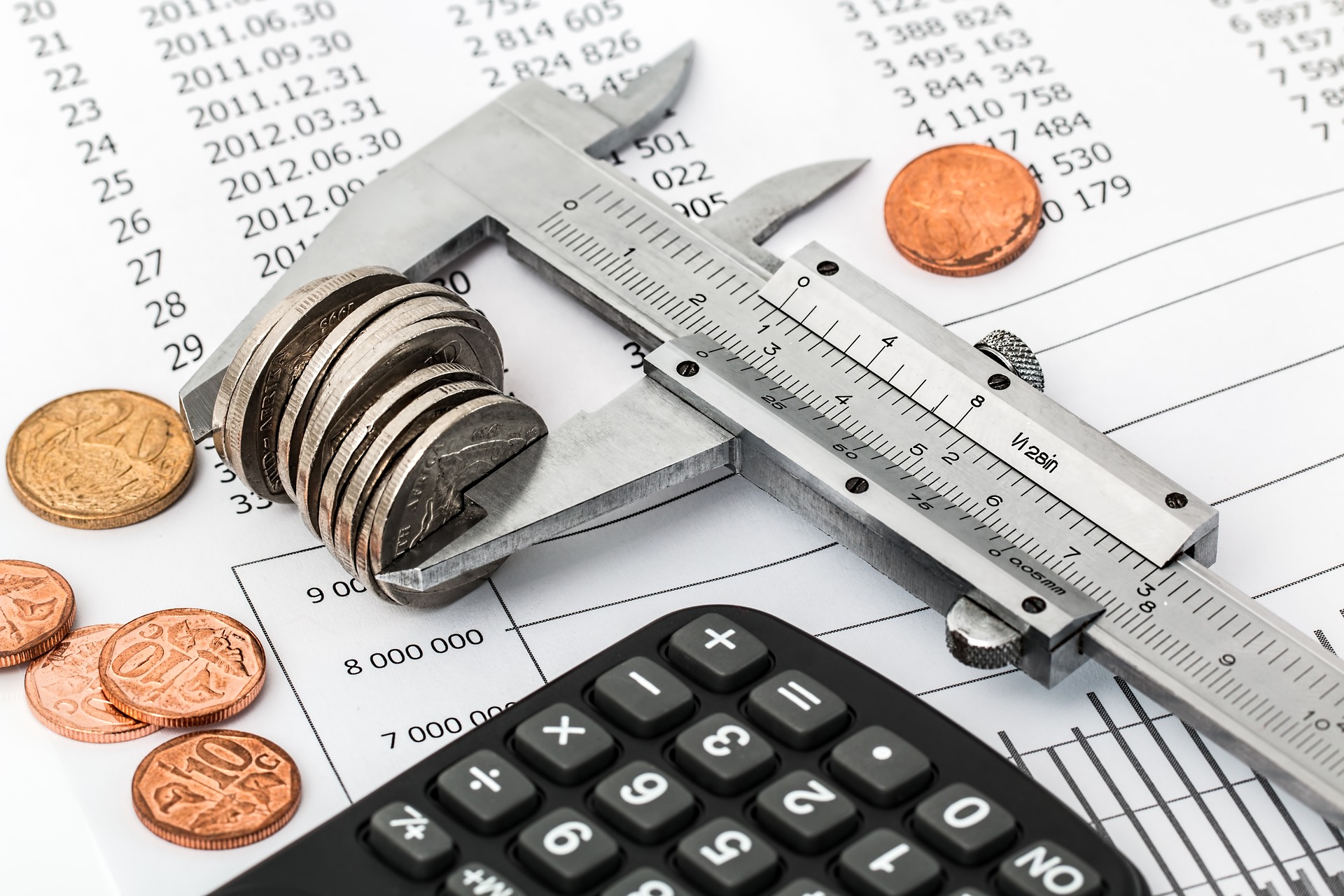
Illustration (Credit: Pixabay)
In addition, there are also benefits of financial statements. Yes, there are certainly many benefits of financial statements for an institution or company. Especially if the financial statements are well-made and complete. Here are some benefits of the financial statements:
1. Provides an overview of the company's condition.
2. Financial statements serve as compliance with accounting policy summaries.
3. Contains information on items presented in the financial statements.
4. Provides information in accordance with Financial Accounting Standards, but still relevant for understanding as financial statements.
However, even though financial statements have such great benefits for a company, not everyone wants to or is allowed to view a company's financial statements. Here are some parties that usually use a company's financial statements:
- Lenders/Creditors
- Suppliers
- Company Management
- Investors
- Government
- Customers
- Employees (optional)
- Public (optional)
4. Types of Financial Reports
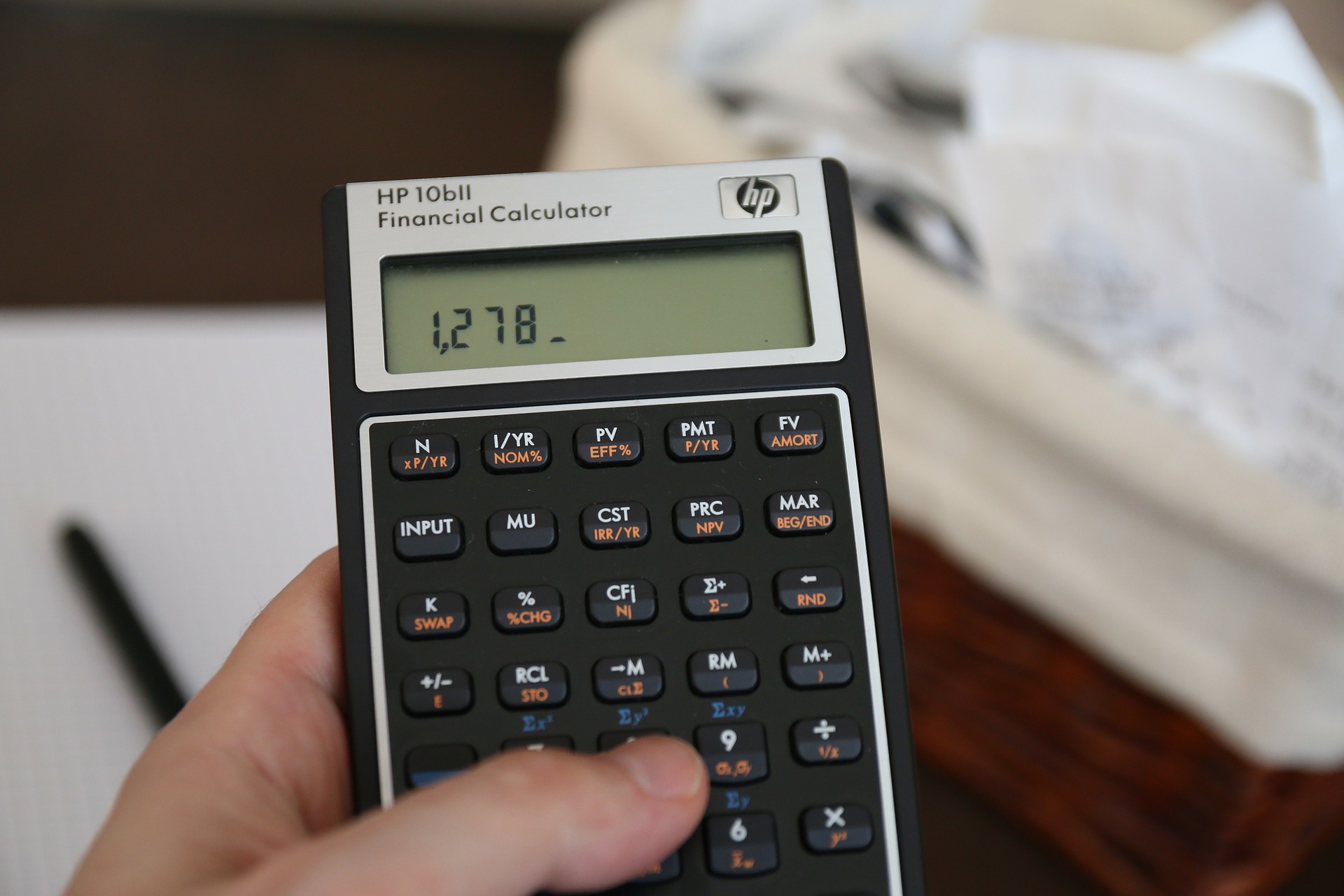
Illustration (Credit: Pixabay)
Next is the types of financial reports. Yes, the types of financial reports are divided into four parts. Of course, these types of financial reports serve as options for you when creating a financial report. Here are some of these types of financial reports:
1. Balance Sheet
For the first option, there is the balance sheet. This financial report presents information on the financial position of an entity at a specific period, usually at the end of the year.
2. Profit and Loss Statement
Next is the profit and loss statement. In the profit and loss statement, operational data of the company is presented for a specific period, such as one month or one year.
3. Owner's Equity Statement
Then, there is the owner's equity statement. Here, a summary of changes in equity for a specific period, such as one month or one year, is presented.
4. Cash Flow Statement
And finally, there is the cash flow statement. Yes, this statement describes the amount of cash inflows and outflows during a specific period.
5. Stages in Creating Financial Reports

Illustration (Credit: Pixabay)
And here are the important steps in making financial statements. Yes, at this stage, we must prepare what needs to be owned in making financial statements. And this is a step in making financial statements so that you don't make the wrong decision about which one to make first. Here are some steps in making financial statements:
1. Collecting and Recording All Transactions in the Journal
Transactions are common activities carried out by companies, such as purchasing, selling, exchanging goods, renting, or other transactions. Transaction evidence is very important, the main thing in accounting, so transaction evidence must not be lost. The first step in making financial statements is to record the transactions carried out by the company in the current year in the journal. All transactions related to the company's operational activities must be recorded in detail in the journal.
2. Entering Journal in General Ledger
After making a journal, the second step is to enter the journal into the general ledger. The general ledger is a detailed account of each account. It is not difficult to do this, just transfer the transactions that have been recorded in the journal to the appropriate accounts in detail.
3. Compiling Trial Balance
In accounting, trial balance is a list of general ledger accounts with debit or credit balances. You can compile it when all journals have been posted to their respective accounts in the general ledger. This checking is also the first step in making adjusting journal entries and balance sheet.
4. Collect Data to Create Journal
When preparing financial statements, there may be some transactions that have not been recorded and do not match the conditions at the end of the period. You can use that data and collect it to create adjusting journal entries.
5. Compiling Balance Sheet
To facilitate the preparation of financial statements, we need to compile a balance sheet or worksheet that starts from the data in the trial balance and is adjusted with the data obtained from the adjusting journal entries. After that, the adjusted balances will be shown in the adjusted trial balance column, and they are the balances that will be reported in the balance sheet and income statement.
6. Compiling Post-Closing Trial Balance
To check the debit and credit balance of the still open accounts, create a post-closing trial balance. This trial balance only includes real accounts, not closed accounts.
Those are some ways to create good and accurate financial statements without any hassle. All of these steps are the starting point for you to compile good and professional financial statements.
(kpl/gen/dhm)
Disclaimer: This translation from Bahasa Indonesia to English has been generated by Artificial Intelligence.
